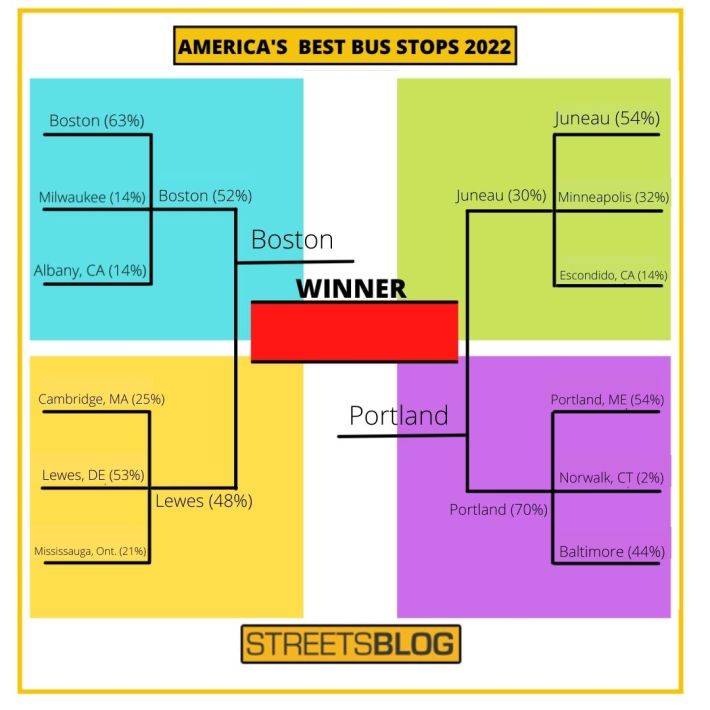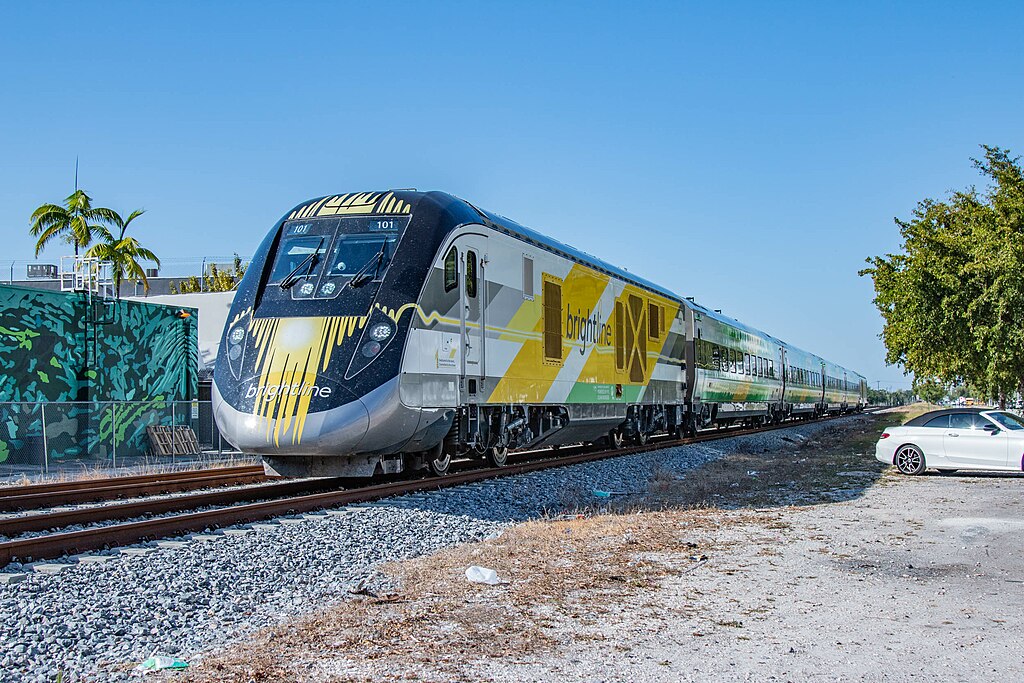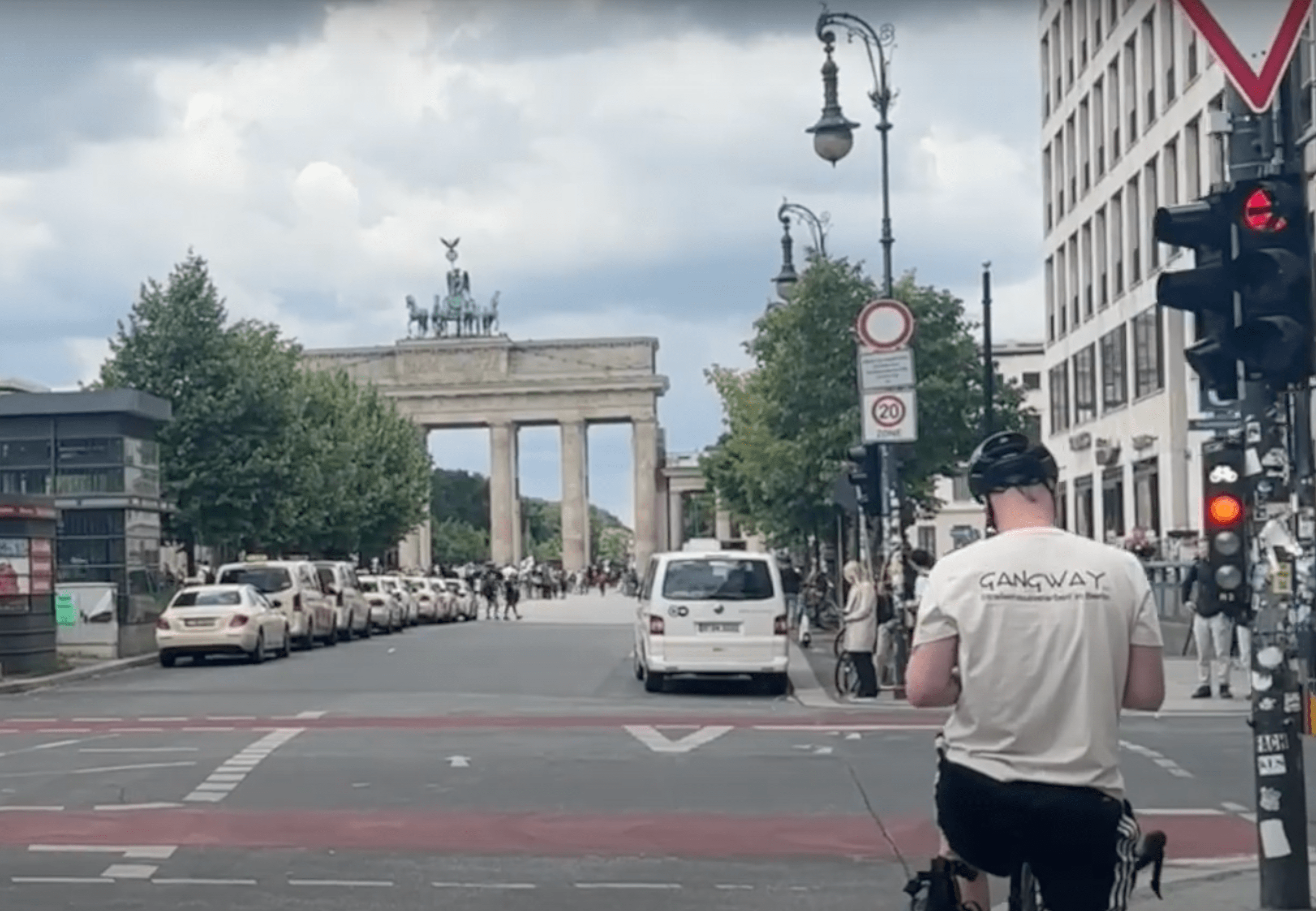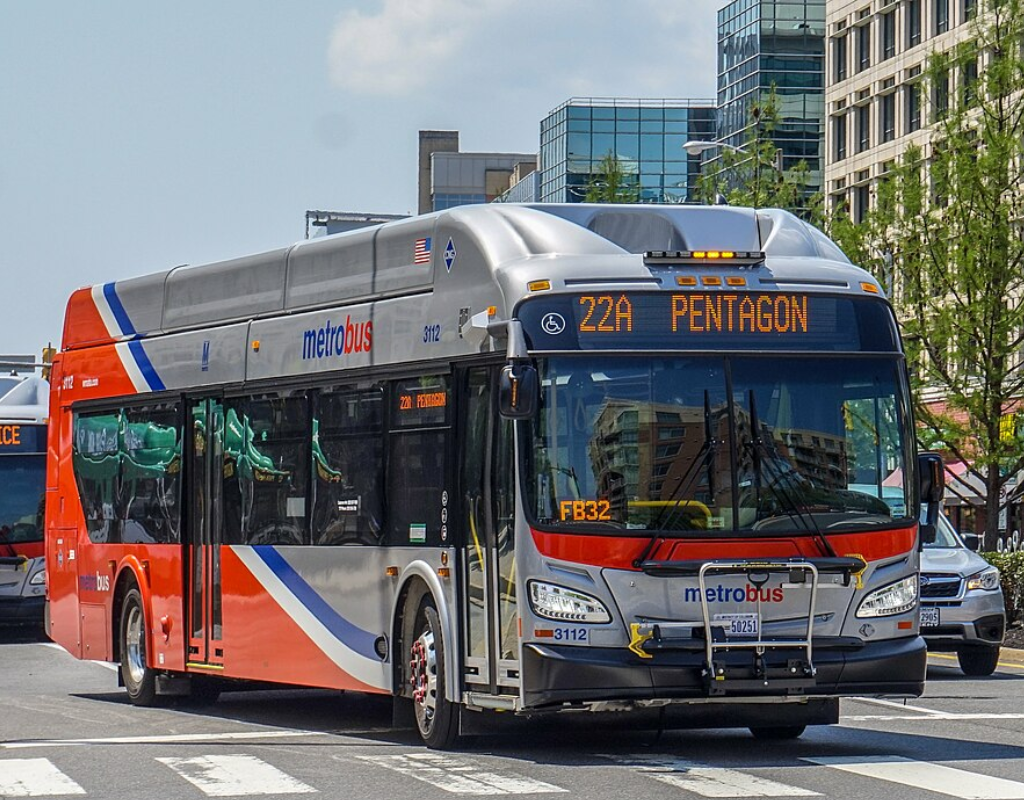Editor's note: This is the championship bout in our contest to find America's Best Bus Stop. Learn more about the finalists and all the fantastic contenders in this competition by visiting the archives, and don't forget to scroll to the bottom to vote by Friday, April 15 at 10 a.m. ET.
Our final America's Best Bus Stop battle is a bit of a David and Goliath story ... though our readers might disagree about which stop is really the underdog.
These two waiting areas both won massive victories in the earlier rounds of competition, though, surprisingly, it wasn't the stop with the massive price tag that pulled the most overall votes. We'll have to wait and see whether a next-gen busway megaproject can pull ahead in the polls, or if small-town pride — and a mega-beautiful public art installation — will win out in the end.
One thing's for sure: this bout should prompt a lively conversation about everything a great bus stop can look like, and how advocates across American can fight for better waiting areas, big and small. Let's dig in.
Boston
The Walnut Avenue stop along the MBTA's famous Columbus Avenue Busway has been a top contender among Streetsblog diehards since the beginning of the competition — probably because it checks just about every box on the transit innovation bingo card.
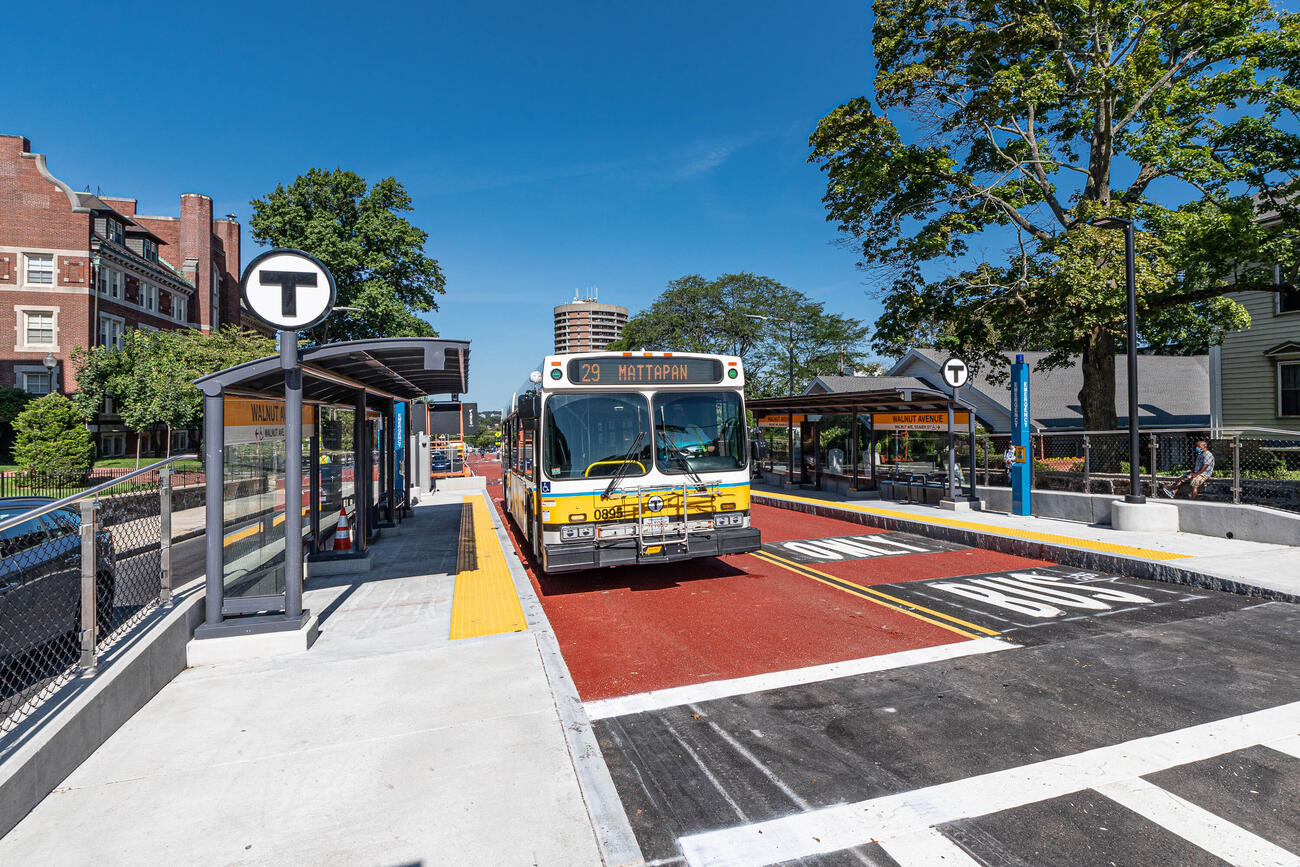
In addition to nailing all the basics — benches, shelters, sidewalks, and a raised platform that's accessible to people of all abilities — it also rolls out the red carpet for riders, with an adjacent bus rapid transit lane for speedier trips, real-item arrival and crowding information screens, and audio cues for blind and low-vision riders. Oh, and this whole sucker runs straight down the center of the road, which means this busway even helps cue car drivers to slow down, making the route to the stop safer for everyone.
But the story of how it all came to be — and who it serves — may be even more exciting than that impressive laundry list of amenities.
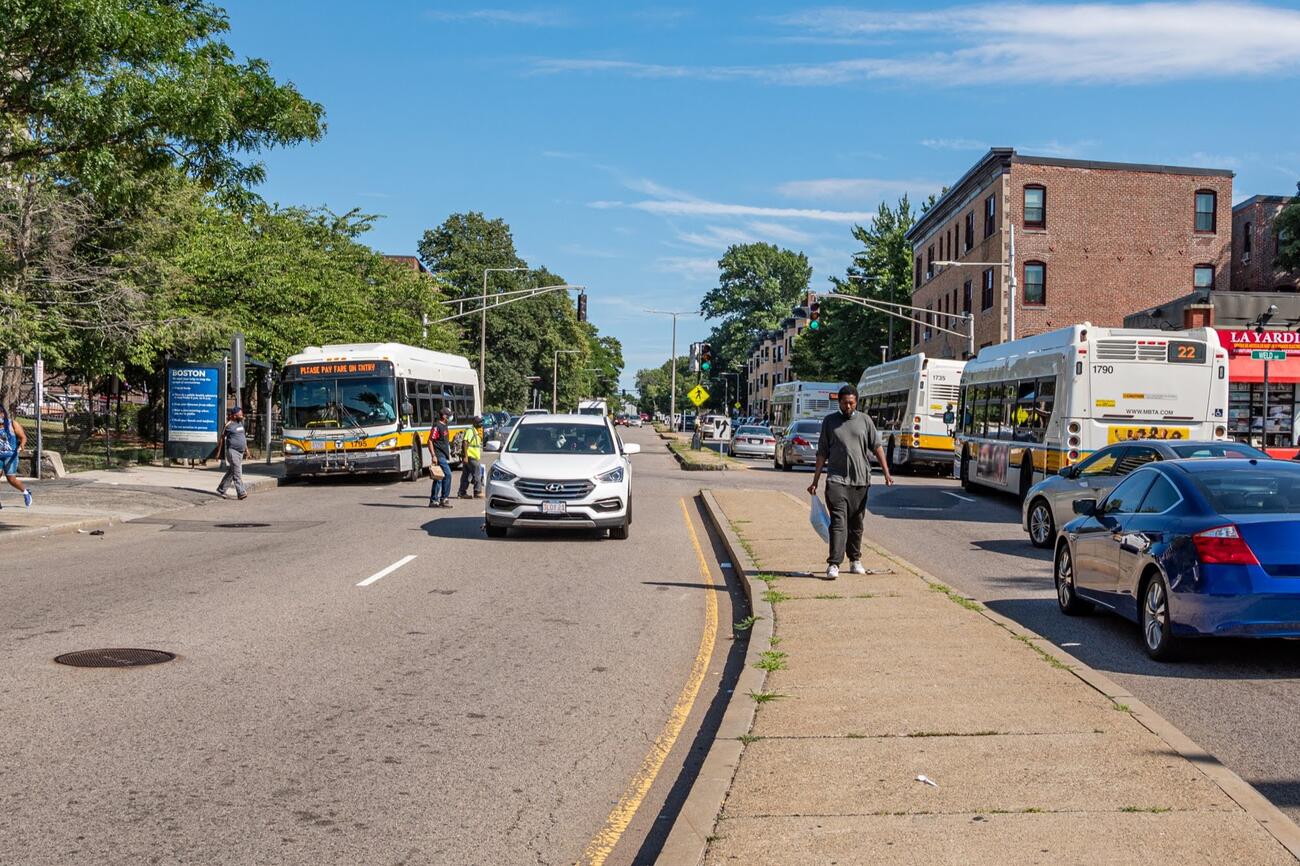
According to Eric Burkman, MBTA's director of transit priority, the Columbus Avenue Busway was in the works before the pandemic, but the agency elected to speed things up to better support the essential workers and BIPOC riders who are overwhelmingly more likely to rely on shared modes during quarantine. Even before COVID-19, a staggering 91 percent of riders along this route identified as people of color — and thanks to car congestion, many of them struggled to reach their destinations quickly before the buses got their own lane.
"I couldn't stand in front of a 91 percent BIPOC ridership and say with a straight face, 'we know you need this now, but it's going to take five years,'" Burkman said.
By using funding that had already been set aside rather than waiting for a federal grant, as well as using on-call vendor contracts to immediately integrate community feedback into designs, Burkman and his colleagues were able to overhaul the Columbus Avenue corridor, build out the stops, and get buses running in just 26 months. (For the non-wonks in the audience, trust us: that is basically warp speed for a project of this scale.)
At $12 million for the whole busway —or about $500,000 for the construction of the Walnut stop itself — Burkman acknowledges that such a Herculean effort doesn't come cheap. He points out, though, that the project essentially provided a radical road diet, a full route's worth of stop upgrades, and a bus rapid transit installation all in one, and that it was downright cost effective relative to comparable projects.
He also adds that while, technically, that money could have installed hundreds of more modest amenities at stops throughout Boston, doing that could easily take decades, since adding even the simplest shelters still often involves digging up sidewalks and laying new foundations. And more to the point, he says transit agencies shouldn't have to choose between giving riders the basics at every stop and giving them high-quality rapid transit where they need it most.
"I mean, the hundreds of millions of dollars we spend on roadway projects [for drivers] could be spent on bus shelters — and we would have money left over for bus lanes, too," he adds.
Portland, Maine
Our second contender in this contest may seem a little more humble at first, but it's proven to be a serious dark horse — and the local media has definitely taken notice.
This small city stop has consistently put up some of the biggest numbers in this contest so far, and their cumulative vote total currently sits at more than twice that of their competitor.
And that's not just a matter of small-town pride. As nominator Dinah Minot points out, this creative bus shelter has helped jump-start a conversation about the importance of public art and public transit — and that small cities around the country are getting into the dialogue.
"The reason that we started this whole initiative is that Portland doesn’t have a lot of public art by local artists," said Dinah Minot, executive director of Creative Portland, which co-lead the Creative Bus Shelter Initiative of which this stop is a part. "At the same time, we wanted to reduce the stigma of riding a bus, as well as attract and increase ridership...In Portland, the people who ride transit are basically people who don't have cars. We want to change that."
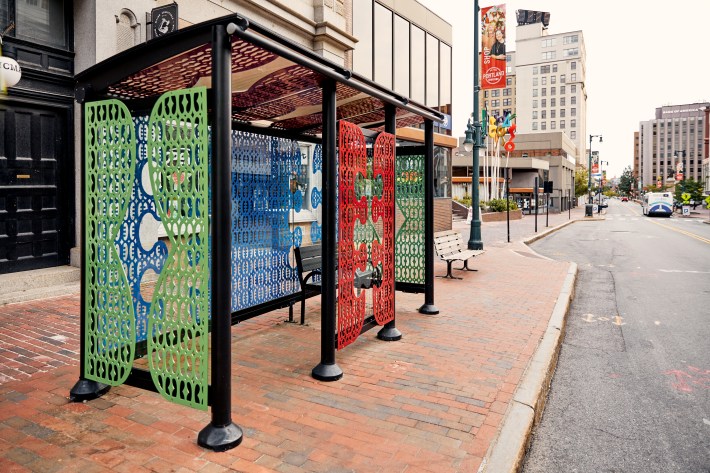
Minot gives much of the credit for this fantastic stop to Ebenezer Akakpo, a local jewelry designer and multidisciplinary artist who designed the powder-coated panels that line the shelter. Stamped with the outlines of the traditional Ghanian Adinkra symbols for "hope" and "friendship" — Akakpo immigrated from the country to attend the Maine College of Art, which is located just across the street from this stop — the installation literally surrounds its occupants with a powerful message about community, and gives strangers something to talk about as they wait.
Minot views that prompt to connect with neighbors as an essential feature of a good stop —and not just a nice-to-have.
"Public art is a necessity in our world," Minot adds. "People use this stop not just as a place to wait, but as a real destination, a family photo op, the starting point of a conversation ... It's bringing together the community socially."
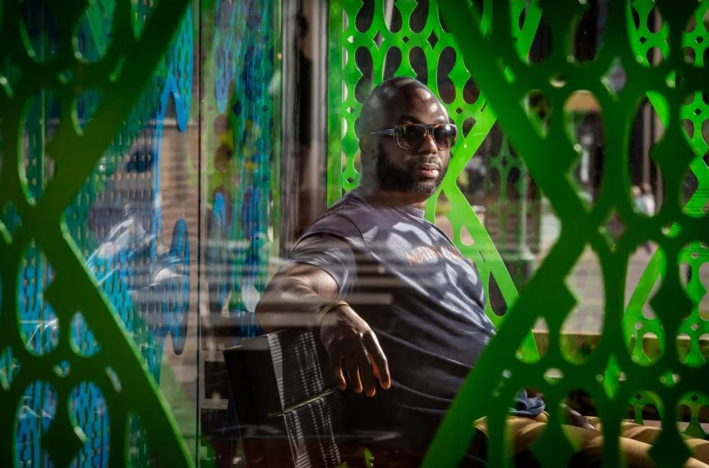
Perhaps the most powerful thing about the bus-stop-as-canvas is just how replicable the model it is, even for small cities with limited budgets for stop improvements or creative placemaking. With the assistance of a National Endowment for the Arts Our Town grant — about half of which went to paying the artist themselves — three other equally powerfully shelter art installations went up at the same time as Akakpo's, and another four are set to be erected this summer. All eight stop retrofits costs about $80,000 total. (Minot also notes that, by happy accident, five out of those eight artists hail from Portland's growing immigrant community, and that the group includes a combination of working professionals like Akakpo and emerging practitioners.)
"Anybody could do this," Minot added. "And if we win this contest, we hope to do a lot more...A small city like Portland could really use this."
Polls are closed. Check back on Monday, when we'll reveal our winner.
